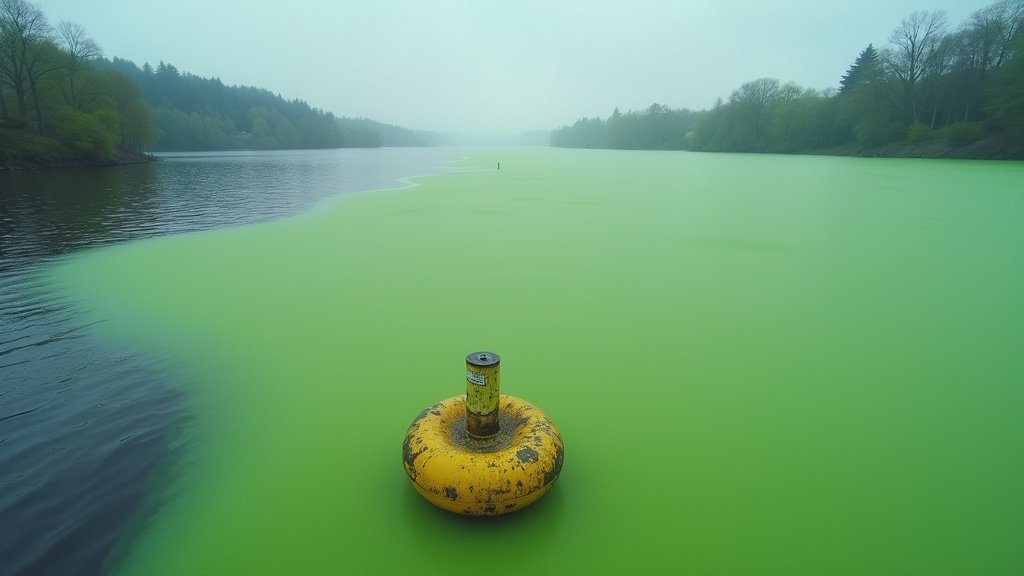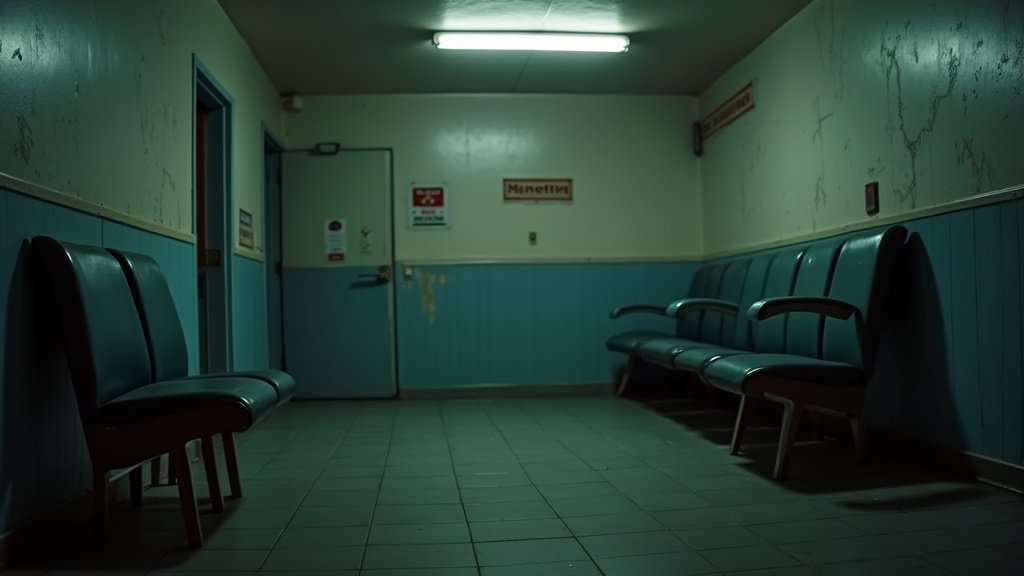Portland, Oregon – A recurring environmental crisis has once again gripped the Willamette River, as a yearly toxic algae bloom has formed, prompting a critical public health advisory from the Oregon Health Authority. This concerning development extends approximately 15 miles downstream from its origin, reaching as far as Kelley Point Park, and represents a top environmental and public health concern for the region.
The Resurgent Bloom and Public Health Alarms
The vibrant green, often unsightly, bloom is composed of toxin-producing cyanobacteria, a type of harmful algae that poses significant health risks. If inhaled or ingested, these toxins can cause a range of illnesses, from skin irritation and gastrointestinal distress to more severe neurological effects. The presence of such a widespread bloom necessitates extreme caution for anyone engaging with the river, from recreational users to those living nearby.
Adding to the public’s concern, Willie Levenson, a prominent figure with the Human Access Project, has sharply criticized the Oregon Health Authority for what he perceives as a delayed response. Levenson highlighted that the OHA was alerted to the bloom’s formation on August 8, yet the public health advisory was not issued promptly thereafter, raising questions about the timeliness of official warnings during a crucial period for river use.
A Legislative Solution Drowns in the House
The reemergence of this toxic bloom underscores a significant legislative setback that has drawn considerable attention across Oregon. A bill specifically designed to address and potentially prevent these annual environmental scourges, House Bill 3314, met its demise in the Oregon House after showing initial promise. The bill sought to allocate $1 million in state funds specifically for the design of a crucial channel. This proposed channel was envisioned as a vital mechanism to restore the river’s natural flow, a measure experts believe is essential to disrupting the conditions that foster these harmful algae blooms.
House Bill 3314 had demonstrated broad bipartisan support earlier in the legislative session. It had passed unanimously from the influential House Agriculture, Land Use, Natural Resources and Water Committee in March, signaling a collective understanding of the urgency and importance of the issue. Its ultimate failure to advance further through the Oregon House leaves a critical void in the state’s efforts to combat this persistent environmental threat and is trending news among environmental advocates.
The Ross Island Connection: A Path to Remediation?
Amidst the legislative gridlock, another significant financial and environmental development offers a potential, albeit complicated, avenue for addressing the Willamette’s woes. The Ross Island Sand and Gravel Co., now no longer operational, finds itself facing a substantial $2.9 million fine from the Oregon Department of State Lands. This hefty penalty stems from the company’s failure to comply with a standing agreement to refill a lagoon associated with its past operations, a long-standing environmental obligation.
Intriguingly, the company has a potential pathway to mitigate this massive fine. Under the terms of the Department of State Lands’ enforcement, Ross Island Sand and Gravel Co. could potentially direct 80% of this $2.9 million fine towards a Supplemental Environmental Project (SEP). Crucially, the channeling work, precisely the type of project House Bill 3314 aimed to fund, could qualify as such an SEP. This presents a complex, yet potentially transformative, financial mechanism that could still bring vital funds to the table for river restoration, bypassing the failed legislative route.
An Unresolved Future for the Willamette
The current situation on the Willamette River highlights a critical juncture for environmental management and public health in Oregon. The annual return of toxic algae, the frustrated efforts of legislative action, and the looming environmental fine present a multifaceted challenge. As the public health advisory remains in effect, attention will undoubtedly shift to how the Oregon Department of State Lands and the former Ross Island Sand and Gravel Co. proceed with the potential Supplemental Environmental Project, offering a glimmer of hope that the necessary channeling work might still come to fruition. The ongoing saga underscores the urgent need for comprehensive and sustained action to protect one of Oregon’s most vital natural resources.




